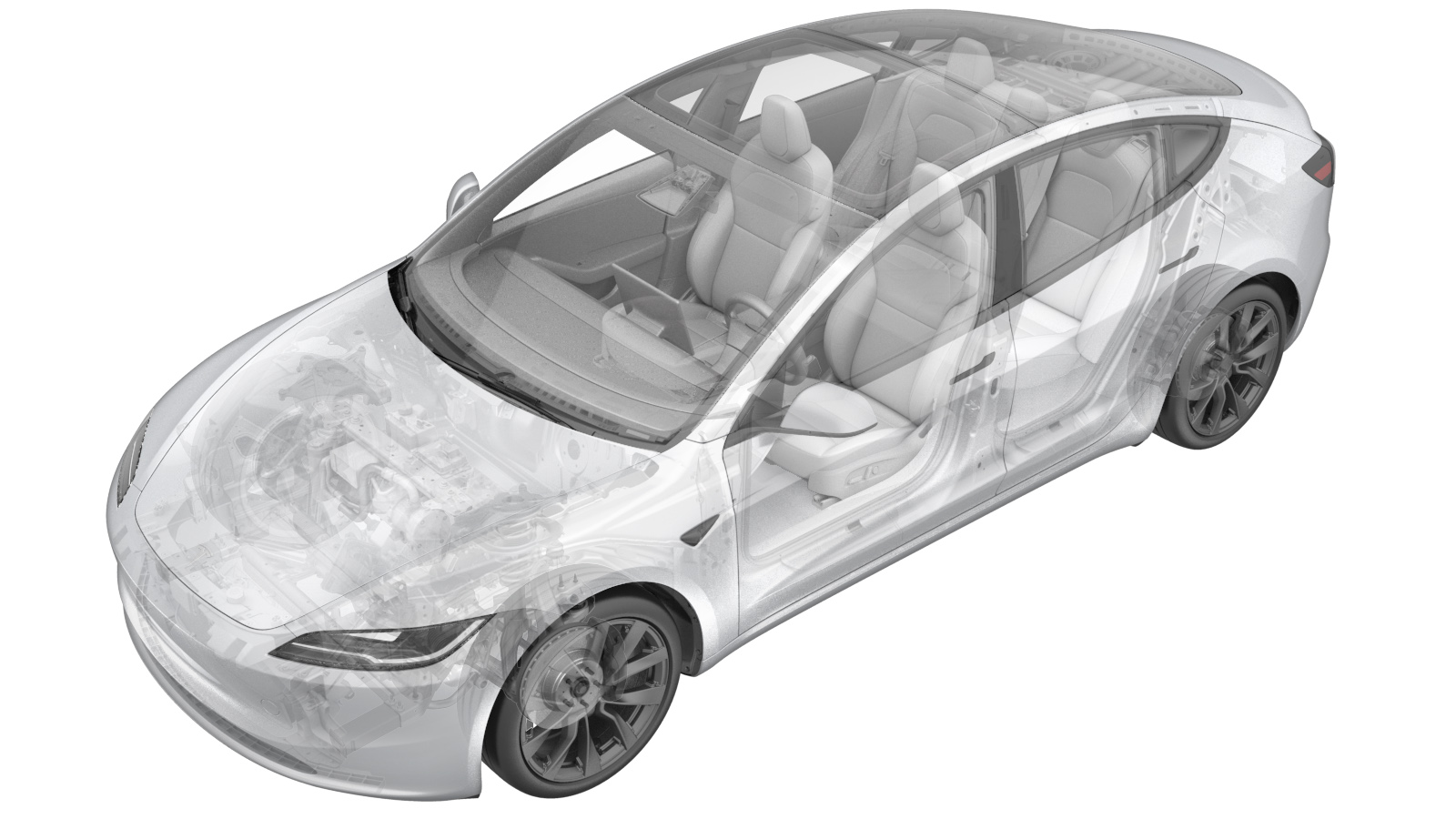2024-10-08
Event Data Recorder Retrieval

Warning
This procedure is a DRAFT.
Although it has been validated, Warnings and Cautions might be missing. Follow safety
requirements and use extreme caution when working on or near High Voltage systems and
components.
Note
Refer to CD-24-20-002 for 2024+ Model 3 Event Data Recorder (EDR) guide.
Note
Use the following procedure(s) for 2024+ Model 3 EDR retrieval as required:
Establish an In-Vehicle Connection (OBD2 Port)
- Open the LH front door.
- Lower the LH front window.
-
Connect the OBD2 diagnostics cable to the PCAN-USB adapter.
TIpUse of the following tool(s) is recommended:
- OBD2 Diagnostics Cable - 2077826-00-A
- PCAN-USB Adapter - 1016990-00-A
-
Connect the OBD2 diagnostics cable to the vehicle's OBD2 port.
-
Connect the PCAN-USB adapter to the laptop USB port.
-
Open the Tesla EDR Retrieval Program. The program automatically attempts to connect to the RCM.
NoteWhen connected properly, a green circle and the message “Connected to RCM” displays on the bottom left corner of the window.
-
Once connected to the EDR, click “Run EDR Retrieval” and follow the on-screen prompts to retrieve and save EDR data.
-
The retrieved *.edr data file can be used to generate a Tesla EDR Report at https://edr.tesla.com.
-
Close the Tesla EDR Retrieval Program.
- Disconnect the PCAN-USB adapter from the laptop USB port.
- Disconnect the OBD2 diagnostics cable from the vehicle's OBD2 port.
- Disconnect the OBD2 diagnostics cable from the PCAN-USB adapter.
- Raise the LH front window.
- Close the LH front door.